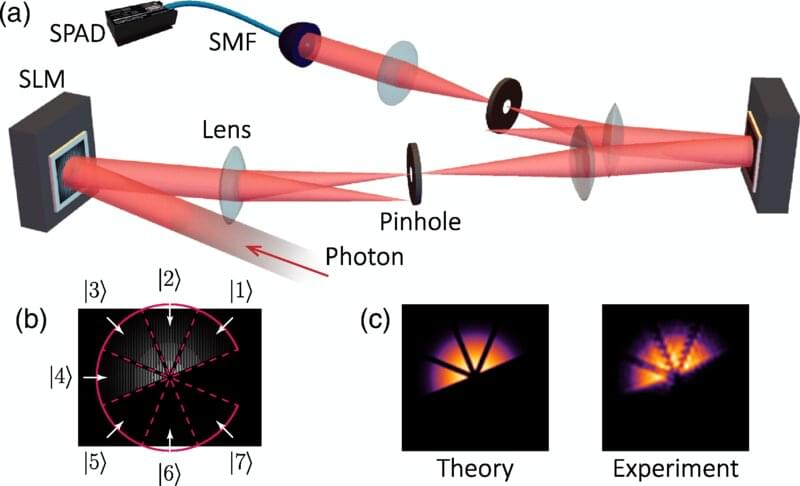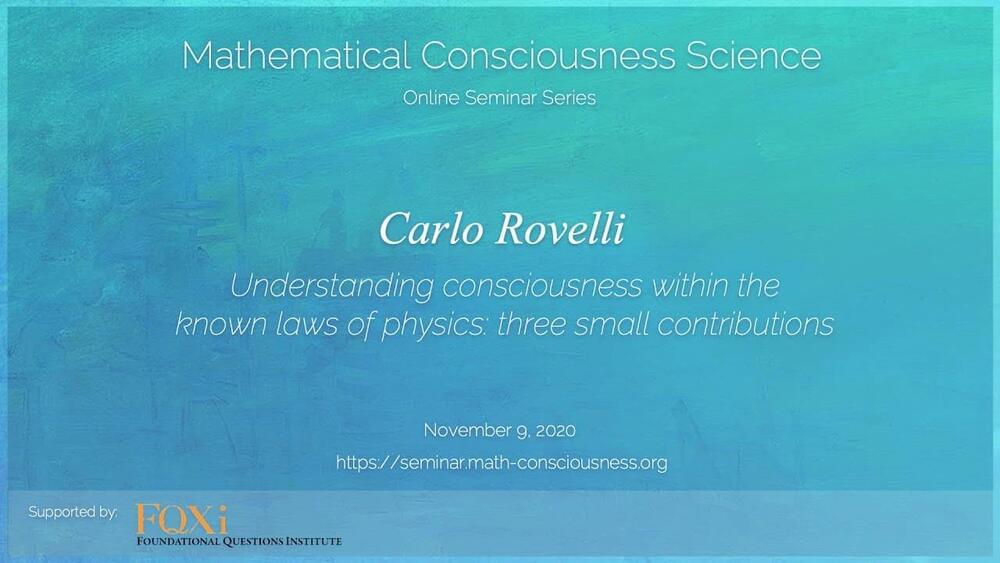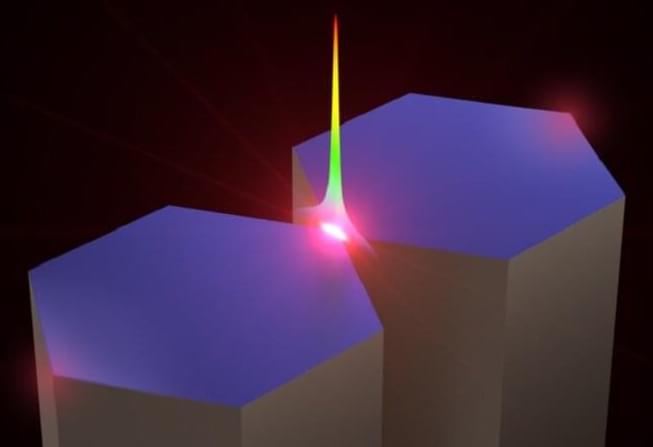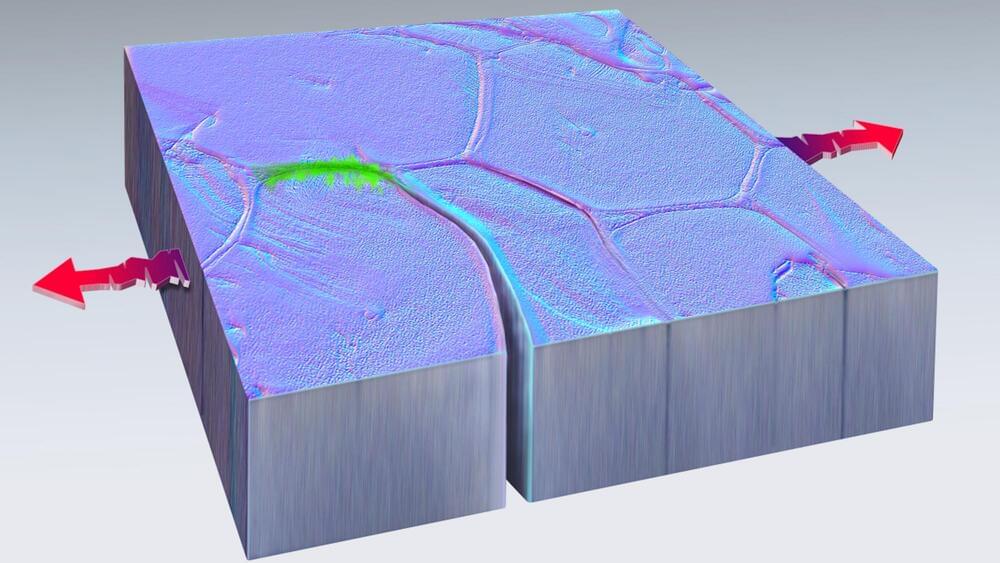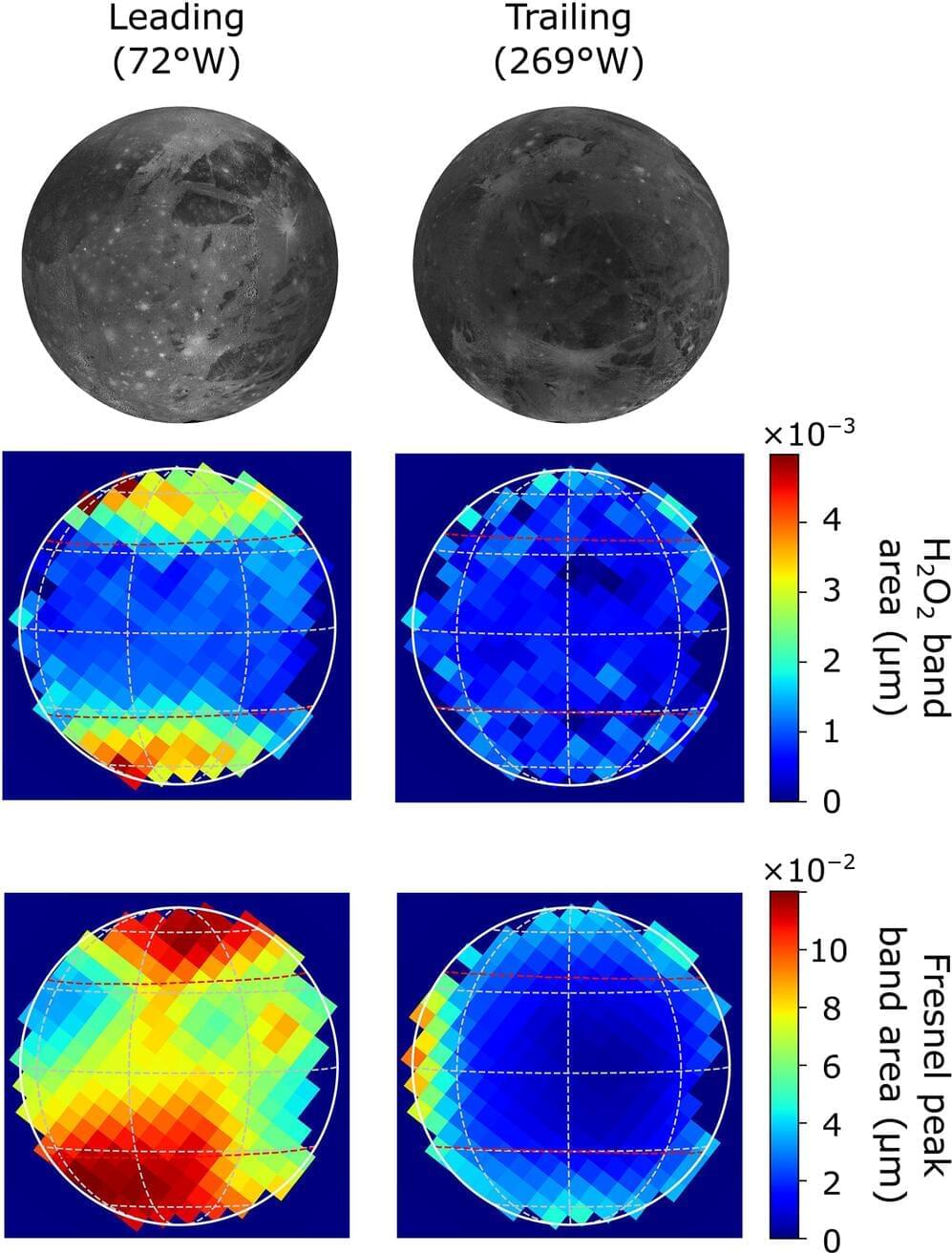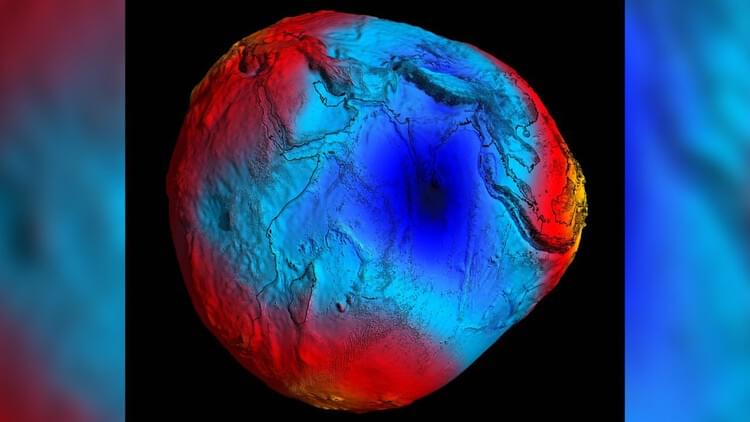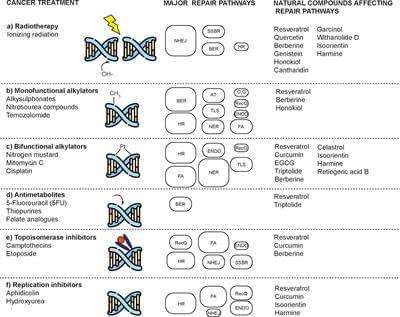Jul 24, 2023
Researchers observe strongest quantum contextuality in single system
Posted by Dan Breeden in categories: particle physics, quantum physics
A team led by Prof. Li Chuanfeng and Prof. Xu Jinshi from the University of Science and Technology of China (USTC) of the Chinese Academy of Sciences (CAS), collaborating with Prof. Chen Jingling from Nankai University and Prof. Adán Cabello from the University of Seville, studied the single-system version of multipartite Bell nonlocality, and observed the highest degree of quantum contextuality in single system. Their work was published in Physical Review Letters.
Quantum contextuality refers to the phenomenon that the measurements of quantum observables cannot be simply considered as revealing preexisting properties. It is a distinctive feature in quantum mechanics and a crucial resource for quantum computation. Contextuality defies noncontextuality hidden-variable theories and is closely linked to quantum nonlocality.
In multipartite systems, quantum nonlocality arises as the result of the contradiction between quantum contextuality and noncontextuality hidden-variable theories. The extent of nonlocality can be measured by the violation of Bell inequality and previous researches showed that the violation increases exponentially with the number of quantum bits involved. However, while single-particle high-dimensional system offers more possibilities for measurements compared to multipartite systems, the quest to enhance contextual correlation’s robustness remains an ongoing challenge.
